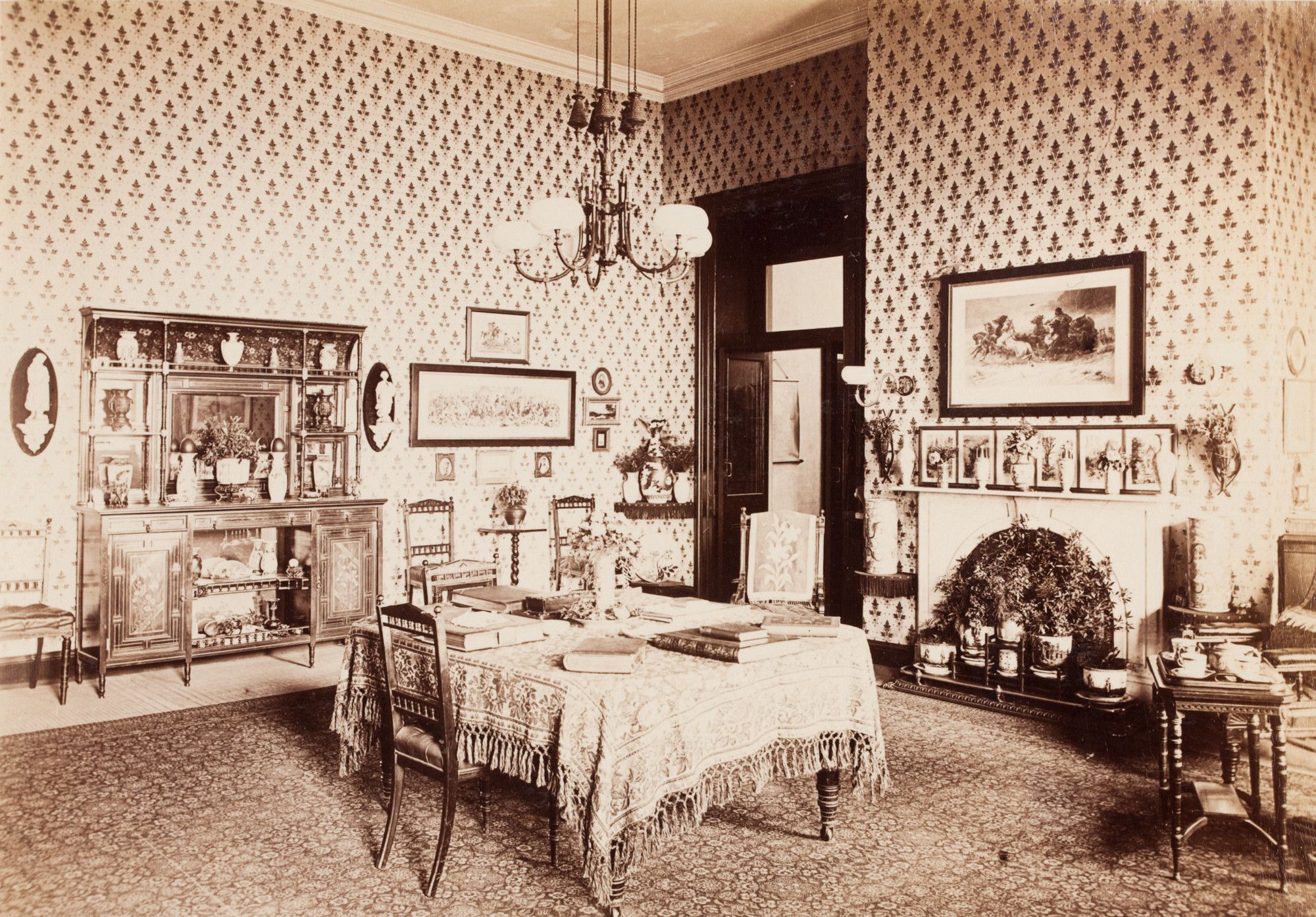Designed with intent: colonial vs modernist chairs
This selection of furniture juxtaposes the old with the new: early 19th-century colonial seating and modernist styles made over a hundred years later. These items are just a snapshot of the rich and varied collections at Museums of History NSW.
The colonial furniture, mostly Australian-made, was finely hand-crafted and based on traditional British patterns or designs. Each piece was created for a specific purpose or place within the home.
In comparison, designers of the modernist chairs experimented with manufacturing techniques and new materials – moulded plywood, fibreglass – in an age of mass production. Their furniture was designed for more relaxed ways of living and socialising after World War II.
The colonial pieces satisfied the fundamentals of classical style, such as good proportion, symmetry and line. By contrast, the modern chairs often had a sculptural quality and were frequently fashioned into unexpected shapes. But no matter the form, the furniture from both eras was designed to be visually pleasing and satisfying for the homeowner.
This is possibly the first Ball chair ever imported into Australia and was used by interior designer Marion Hall Best in a public display room in 1967. A dissected ball on a pivoting base, it cocoons the sitter. The chair’s shape, colour and choice of materials have made it a touchstone of 1960s design.
This window seat was made of Australian red cedar but has been given a surface finish to imitate rosewood, a veneer timber fashionable in early to mid-19th-century drawing room furniture. The seat lacks a backrest, as it is meant to be placed against a wall under a window.
The rounded shape of its shell makes this chair a highly sculptural object and creates an intimate space for the person sitting in it. Combining space-age aesthetics and high-tech materials, the ergonomically designed chair was a futuristic reinterpretation of the traditional club chair.
This chair’s design is distinguished by the continuous sweep of the moulded scroll arms and seat rail, inspired by the form of the ancient Greek lyre. Furniture designs in the Greek-revival style were popular in the early 19th century and followed a similar fashion in architecture.
The seat of the ‘Kone’ chair is made of a single sheet of marine-grade plywood, one of the few materials of consistent quality and supply available immediately after World War II. The chair incorporated many principles of modernist design – it was lightweight and versatile, easily relocated to suit modern living.
Grant Featherston was one of Australia’s most notable modernist furniture designers. In 1957, he was appointed consultant designer to Aristoc Industries, a manufacturer of metal furniture based in Melbourne. This collaboration resulted in the production of a variety of chairs including the ‘Scape’, a highly sculptural piece – the seat curves upwards at the sides to form armrests – made from a small number of separate parts.
The prie-dieu or ‘prayer’ chair was a common feature of middle-class homes of the 1830s–60s. With its high straight back, low upholstered seat, broad top and splayed back legs, it was designed to be knelt upon. However, its design also made it practical for women wearing the voluminous crinolines of the time to perch on.
Related

Unexpected views
Over the decades, photographers have captured unexpected glimpses of the Mint’s history
Published on
